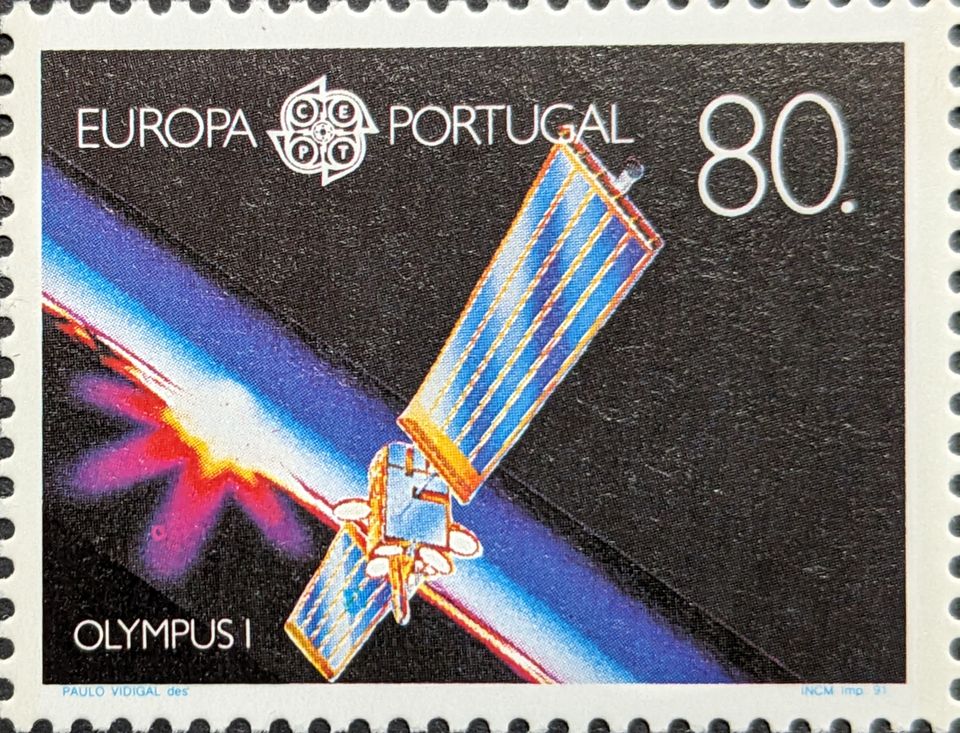Startups+Alternative Propellant=Green Revolution?

Reminder: Next week is Labor Day weekend in the U.S., and I will be enjoying some time off instead of the admittedly enjoyable task of writing an analysis. Please don’t expect an article next week.
It’s time to don the skeptical spectacles (skeptacles?) when someone writes something like the following,
“It is early days, admittedly, but it is safe to say there is a green revolution starting in the space launch industry. Positive signs are starting to appear across the global space industry and it appears to be gathering steam.”
How is Water not Green?
That’s an interesting and inaccurate sentiment promoted in the article “The space industry is starting a green revolution” on Techcrunch.
There is an ignorance of space history and launch operations going on in that statement. A few folks would probably point out that the U.S. space shuttle was very green. There was the space shuttle’s reusability aspect, for one. But there’s also the rocket engine technology it used. The space shuttle’s engines used fuel and oxidizer that, when mixed, produced water while providing enough power to lift the shuttle. The space launch system will be using the same engines. NASA’s Rocketology blog describes the process:
Once in the tanks and with the launch countdown nearing zero, the LH2 and LOX are pumped into the combustion chamber of each engine. When the propellant is ignited, the hydrogen reacts explosively with oxygen to form: water! Elementary!
Yes, both systems use solid rocket motors, too, which pollute. But some U.S. space industry (and Arianespace and Mitsubishi) have used green fuel to launch rockets for decades. To say that the space industry is going through a green revolution because a few European startups have plans for rockets using alternative fuels is ignorant or deceptive. At this point, the “green” launches of the space shuttle and SLS outnumber the zero launches of those startups.
As the author points out, one of the most active launch services uses kerosene-based rocket propellant-1 (RP-1) in its launches. SpaceX’s Falcon 9 uses RP-1 mixed with liquid oxygen. The author references a study that indicates that heavy use of RP-1 in many launches may negatively impact the Earth’s atmosphere. (Unfortunately, the author doesn’t provide a link to the study. But here it is for those who are interested in it.) It just so happens that the Falcon 9 is launching much more often than any other system these days, which, while great for satellite operators, isn’t necessarily a positive on the environment.
More Changes Required than Propellant
Thankfully, the Falcon 9 minimizes some of the other waste associated with rocket launches. The first stage returns (usually) to get reused. The company attempts to catch the fairings as well. But imagine if the Falcon 9 were not reusable. What would the first-stage debris accumulation from the nearly 200 SpaceX launches in the last five years look like? This is not to say that the Falcon 9 is fully green (again, it uses RP-1), but some aspects certainly lean that way.
Whether a company or a considerably more influential space organization, such as NASA, uses different fuels is no indication that there is a green revolution. After all, not all U.S. launch providers followed NASA’s lead in using liquid hydrogen and oxygen for their rockets. Why, then, would the global space industry follow the lead of startups with no performance record?
The reference to startups leads to one crucial caveat about that TechCrunch article. The author never makes a clear claim that the company he’s working for, Orbex, is one of the startups planning to use an alternative green propellant for its rocket. It is a significant omission, as the author and the company he works for are interested in the acceptance and growth of the narrative of a green revolution in the space industry.
The idea of a green revolution in the space industry is odd. To say the industry is going through such a revolution solely based on switching propellants is optimistic. So long as space launch services continue disposing of rocket bodies into the oceans, in villages, or by leaving them orbiting around the Earth, there is no green revolution. Those are a few of the many accepted practices in the space industry that could be tweaked to help make the industry greener.
Orbiting space debris and the industry’s reluctance to implement policies and practices to keep from increasing the debris also make the claim of a green revolution seem self-serving. In many ways, the world’s satellite operators treat the space around the Earth like that convenient arroyo where people dump refrigerators, shopping carts, tires, and other things. It might be illegal, but it is generally out of the public’s sight. And to be clear, making something like that unlawful for space operators and enforcing the consequences would be a step up from where the industry is today.
Give Companies a Reason to Go Green
Since governments and space agencies appear to ignore or even encourage current industry practices, the space companies that work with them have no incentive to make those tweaks. Of course, if NASA or the DoD were to start incentivizing behaviors toward greener pastures, they would face pushback from politicians. But NASA and the DoD could already point to existing industry technologies to help the space industry move to a greener future. Better, some of the industry is already using those technologies.
That sort of encouragement would yield a more comprehensive and impactful result toward a greener future than a few startups planning to use alternative fuels for their rockets. At the same time, credit should be given to even the most minor efforts to go green. But people should recognize that’s how they will implement their business plans, not a start revolution.




Comments ()